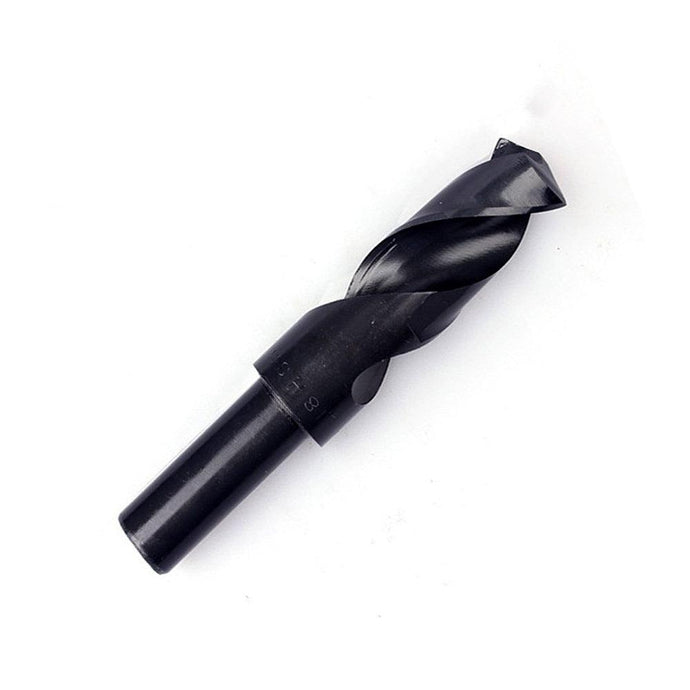+91- 11- 43790224 |
[email protected]

When it comes to woodworking, choosing the right drill bit can make a significant difference in the quality of your work. Among the various types of bits available, brad point bits are often considered superior to twist bits for wood-specific tasks. While twist bits are widely used for their versatility across many materials, brad point bits offer distinct advantages in woodworking that result in cleaner, more precise holes. Understanding why brad point bits are better suited for wood can help woodworkers, whether professionals or hobbyists, achieve higher quality results.
The most defining feature of a brad point bit is its sharp, pointed tip, known as the brad. This brad serves a crucial role in keeping the bit centered as it begins to drill into the wood. One of the challenges in woodworking, especially when working with softer woods or veneers, is the tendency for the bit to "wander" or slip off the intended drilling point. With twist bits, the angled cutting edges can cause the bit to drift if not perfectly aligned, leading to imprecise holes or damage to the surrounding wood. The brad point bit, however, solves this problem by allowing the sharp point to pierce the wood first, anchoring the bit in place before the cutting edges engage. This ensures that the hole starts exactly where intended, even without the need for a pilot hole.
Another advantage of brad point bits is the quality of the hole they produce. Wood is a fibrous material, and when drilling into it, the direction and grain of the wood can impact the cleanliness of the hole. Twist bits, while effective at removing material, tend to tear or splinter the wood fibers as they cut. This can result in rough edges around the entrance or exit of the hole, which may require additional sanding or finishing to smooth out. In contrast, brad point bits have cutting spurs on the edges that score the wood fibers before the bit removes material from the center. These spurs create cleaner, sharper edges, reducing the risk of splintering or tearing, even in delicate or thin materials. For woodworkers seeking professional-looking results with minimal post-drilling cleanup, brad point bits are a clear winner.
Brad point bits are also better at controlling the depth of the hole. In many woodworking projects, precise depth control is critical, such as when creating dowel joints, shelf pin holes, or inlay work. Because brad point bits cut more cleanly and predictably, they allow for greater accuracy in controlling the depth of each hole. Woodworkers can confidently stop at the desired depth without worrying about uneven or oversized holes, a common issue when using twist bits, which can overcut or cause uneven edges due to their angled cutting action.
Another key benefit of brad point bits is their ability to handle delicate materials more effectively. For example, when working with plywood or veneer, twist bits often cause splintering on the surface as they break through. This is especially problematic when the finish of the wood is important, as repairing splintered veneers can be time-consuming and difficult. Brad point bits, on the other hand, are designed to avoid such damage. Their spurs cut the wood cleanly and gradually, preventing splinters and ensuring a smooth hole on both sides of the material.
For woodworkers working with softwoods, the brad point bit's precision is particularly advantageous. Softwoods, such as pine or cedar, are more prone to damage from aggressive cutting tools like twist bits, which can gouge or leave rough holes. The brad point bit's sharp point and smooth cutting action are gentle enough to avoid damaging the wood while still producing precise, clean holes. This makes it an ideal tool for projects that require a fine finish, such as furniture making or cabinetry, where the quality of each hole matters.
Twist bits, while great for general-purpose drilling in a variety of materials, are not optimized for the specific demands of woodworking. Their design is intended for speed and versatility, but in wood, this can lead to rough holes, splintering, and a lack of control. Brad point bits, on the other hand, are specifically engineered for wood, with features like the center point and cutting spurs that address the challenges of drilling into fibrous material. These features provide more control, cleaner holes, and a better overall finish, making them the preferred choice for woodworking.
In conclusion, brad point bits offer a range of advantages over twist bits in woodworking. Their precision, ability to produce clean edges, and superior control make them the go-to choice for tasks that demand accuracy and quality. While twist bits may be sufficient for rougher work or drilling in other materials, when it comes to creating smooth, splinter-free holes in wood, brad point bits are unmatched. Whether you're drilling for dowels, creating pilot holes, or working with delicate materials like veneer, brad point bits will help you achieve the best possible results in your woodworking projects.